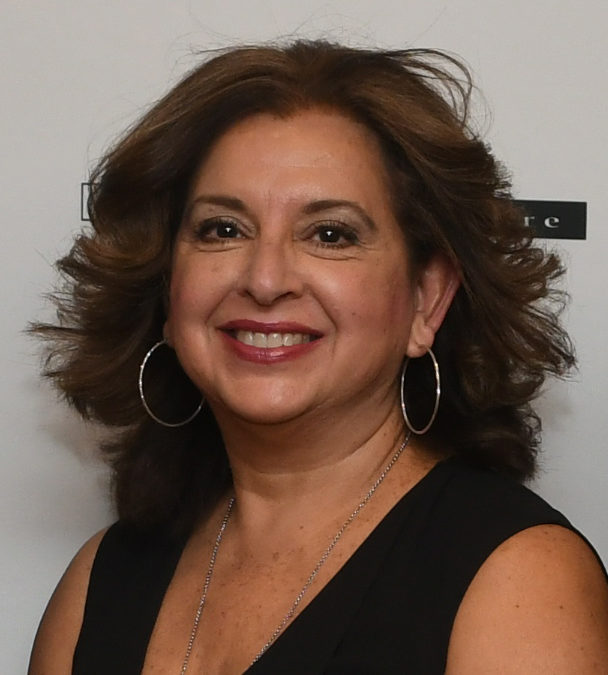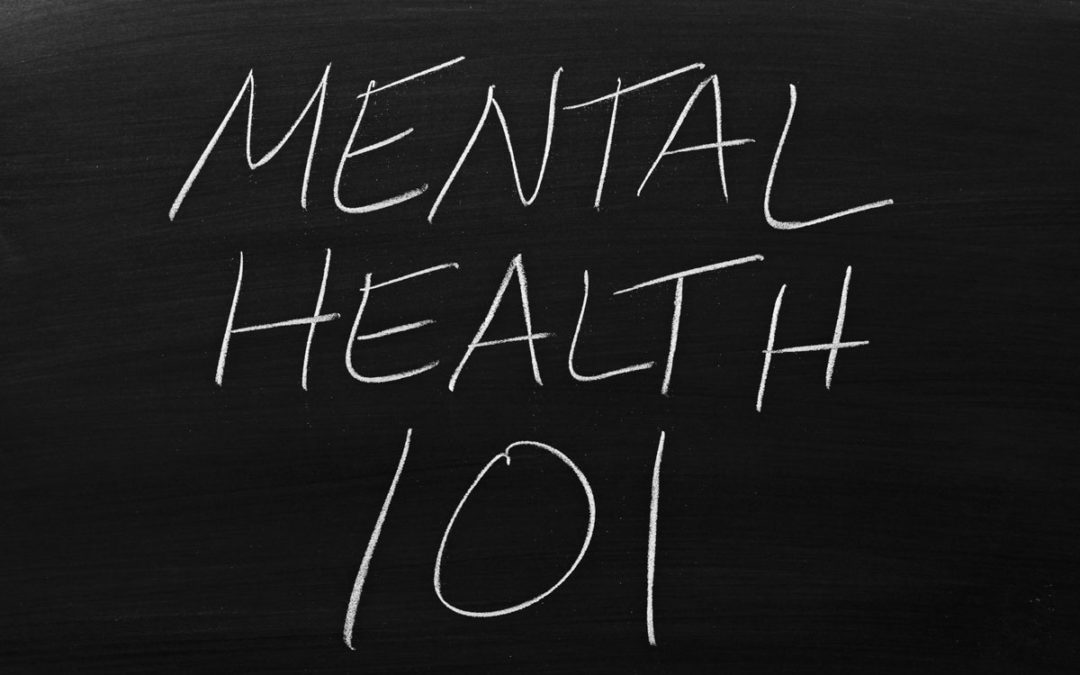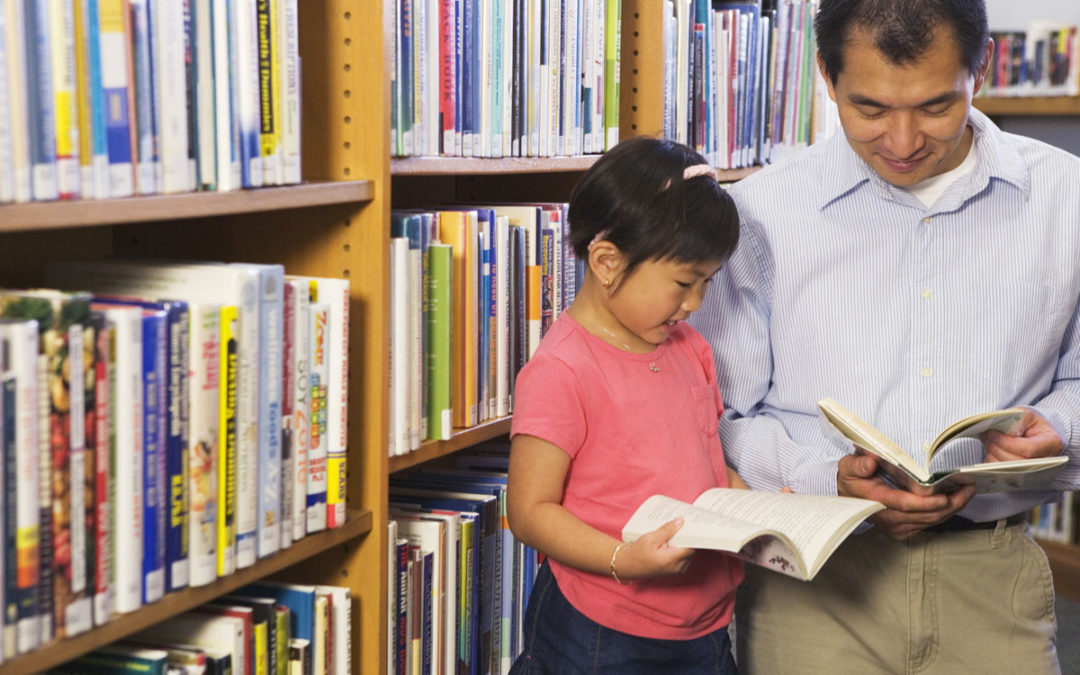
by North Shore Child & Family Guidance Center | Mar 8, 2018 | Blog
March 8th marks the celebration of International Women’s Day, and at North Shore Child & Family Guidance Center, we are lucky and proud that our Associate Executive Director is a woman well worth celebrating.
Barros-Rivera received her Masters in Social Work from SUNY at Stony Brook in 1980. Since acquiring her degree she has been dedicated to working with children, youth and families who have been impacted by psychosocial stressors such as high poverty, drug and alcohol abuse, mental illness and trauma.
She directly supervises multiple programs and staff at the Guidance Center and has been in an administrative position with us since 1989, when she was hired to develop and implement Drug and Alcohol treatment services for the agency. One of the programs she supervises is the Intensive Support Program, a collaborative effort developed by Nassau B.O.C.E.S and the Guidance Center that provides a therapeutic and nurturing alternative, offering intensive mental health services onsite at three schools for students ages 5-21 from all 56 Nassau County school districts.
As a bicultural and bilingual mental health professional, Barros-Rivera is particularly sensitive to the special needs of the immigrant Latino family, and she has worked diligently to implement culturally appropriate services that provide quality care for that population.
One example is her founding and development of the Guidance Center’s Latina Girls Project, an innovative program that employs individual, group and family therapy, along with monthly outings and other activities, to help first-generation Latina teens. She both supervises this program and also works directly with the teenagers, helping them overcome anxiety, depression, suicidal ideation and cultural conflicts within their families.
Andrew Malekoff, Executive Director and CEO of the Guidance Center, says Barros-Rivera’s contribution to the organization is critical to our success. “Regina is involved on every level, from conducting client therapy with individual, families and groups to creating innovative programs that have helped heal thousands of children, teens and families,” he says.
Last year, Barros-Rivera was honored at the 2017 “What’s Great in Our State—A Celebration of Children’s Mental Health Awareness” for her leadership role in the organization. The event honors individuals and programs that are successfully addressing the issues of children’s mental health, including work on early identification, outreach, family education and providing mental health awareness in schools.
On this International Women’s Day, we thank Regina Barros-Rivera for being a champion for children, teens and families who come to us seeking help. To them, she is a true heroine.

by North Shore Child & Family Guidance Center | Mar 1, 2018 | Blog
The tragedy in Parkland, Florida has once again brought up the conversation about violence and mental illness. It’s not surprising: After all, how could a “sane” person commit such a heinous act as the murder of 17 students and teachers?
The leadership of the National Rifle Association wants to focus the conversation on the idea that Guns don’t kill people; people kill people. When they say that those “people” who commit violence acts such as the one in Parkland are mentally ill, their conclusion is, then, that it really has nothing to do with guns.
The truth is that all sorts of people with guns kill people. And they are not primarily people diagnosed with mental illness.
As North Shore Child & Family Guidance Center’s Executive Director, Andrew Malekoff, wrote in a recent column, “It is incredibly rare for those who are labeled as mentally ill to be violent. In fact, they are far more likely to be the victims of violence than the perpetrators.”
The idea of making mental health counseling a top priority in this country is certainly a concept that any mental health professional would support, but not because most of those labeled as mentally ill are dangerous. The statistics on mental illness and violence tell a very different story. Here are a few:
- Mass shootings by people with serious mental illness represent less than 1% of all yearly gun-related homicides. In contrast, deaths by suicide using firearms account for the majority of yearly gun-related deaths.
- According to the National Center for Health Statistics, fewer than 5 percent of the 120,000 gun-related killings in the United States between 2001 and 2010 were perpetrated by people diagnosed with a mental illness.
- Only 3 to 5 percent of all violence, including but not limited to firearm violence, is attributable to serious mental illness.
- Evidence overwhelmingly demonstrates that suicide, not homicide, is the most significant public health concern in terms of guns and mental illness.
- People with severe mental illnesses, schizophrenia, bipolar disorder or psychosis are 2 ½ times more likely to be attacked, raped or mugged than the general population.
As for the issue of whether stricter gun control laws can help prevent such tragedies, perhaps the most poignant and powerful comments came from Emma Gonzales, a student survivor from Marjory Stoneman Douglas High School: “Politicians who sit in their gilded House and Senate seats funded by the NRA telling us nothing could have ever been done to prevent this, we call BS. They say that tougher gun laws do not decrease gun violence. We call BS. They say a good guy with a gun stops a bad guy with a gun. We call BS. They say guns are just tools like knives and are as dangerous as cars. We call BS. … They say that no laws could have been able to prevent the hundreds of senseless tragedies that have occurred. We call BS.”
To Emma’s list, we add: Blaming those who have mental illness for all acts of gun violence and mass shootings. We call B.S.
Sources:
https://psychiatryonline.org/doi/pdf/10.5555/appi.books.9781615371099
https://northshorechildguidance.org/parkland-youth-activism-triumph-helplessness-despair/
https://www.cnn.com/2018/02/17/us/florida-student-emma-gonzalez-speech/index.html
https://www.ncbi.nlm.nih.gov/pubmed/11585953
http://ajph.aphapublications.org/doi/full/10.2105/AJPH.2014.302242
http://depts.washington.edu/mhreport/facts_violence.php
http://www.amhca.org/blogs/joel-miller/2017/10/03/gun-violence-and-mental-illnessmyths-and-evidence-based-facts

by North Shore Child & Family Guidance Center | Feb 21, 2018 | Blog
February marks National Library Lover’s Month, and there’s an awful lot to love any time of year! Many libraries are not only home to books and other media, but they are centers of the community, providing music performances, meeting spaces, workshops, book groups and many kid- and teen-friendly activities.
But the main focus of libraries has always been on reading, which leads to more than just book smarts—it also results in emotional, social and mental health benefits as well.
“Children learn by role modeling and experience, so parents who are actively involved in reading themselves and reading to their children help to create lifelong readers,” says Dr. Sue Cohen, Director of Early Childhood and Psychological Services at North Shore Child & Family Guidance Center. “But just as important, reading is a wonderful parent/caregiver and child activity that not only promotes literacy, but builds a warm relationship.”
The Guidance Center’s Marks Family Right From the Start 0-3+ Center in Manhasset contains a library stocked with books for children of all ages and on a range of topics, while the waiting area has many different magazines. “We’ve created a space where parents and their children are free to enjoy their time together reading,” says Cohen.
The Guidance Center also runs a book-focused program at the Children’s Center of Nassau County Family Court, which offers a safe and enriching environment for children ages 6 weeks to 12 years while their parents are involved in court business.
“Here at the Children’s Center, staff and volunteers read frequently to children, which calms their fears and anxiety,” says Joan Antonik, Head Teacher at the Children’s Center. “It takes them to an imaginary place of fun through reading. Reading aloud to your children promotes language development and early literacy skills. It gives children an understanding of how stories challenge your imagination and creativity. When parents read to children, it allows for quality time and the enjoyment of stories.”
The Children’s Center makes sure each child goes home with a book to help encourage the reading habit!
Wherever you find your favorite reading spot, you and your children will gain many benefits:
- Reading reduces stress and increases relaxation. Getting absorbed in a good book engages the imagination and stimulates creativity, helping to leave behind the worries of the day.
- Reading helps develop empathy, and empathy is a strong indicator of social and emotional intelligence. As readers get involved in a storyline, they empathize with characters. They can also learn about other cultures, which stimulates the ability to see life from someone else’s point of view.
- Reading helps to improve concentration and memory. According to researchers at Emory University, becoming engrossed in a book enhances connectivity in the brain and improves brain function.
- Books help teach coping skills. Stories can help kids learn how to handle new experiences, especially difficult ones like losing a pet or being teased.
Most of all, reading is fun! So make reading a daily part of your interaction with your little ones, and then watch them blossom!
Note: If you have new or gently used children’s books that you’d like to donate to the Children’s Center, contact Joan Antonik at jantonik12@gmail.com
Sources:
https://readingpartners.org/blog/four-compelling-reasons-shut-off-screen-open-good-book/
https://www.kidcentraltn.com/article/benefits-of-reading-to-your-child
https://www.psychologytoday.com/blog/the-athletes-way/201401/reading-fiction-improves-brain-connectivity-and-function
by North Shore Child & Family Guidance Center | Feb 21, 2018 | In The Media
21 February, 2018, From Blank Slate Media
The 2018 Valentine’s Day massacre at Douglas High School in Parkland, Fla., has elevated beyond cliché status the oft-stated sentiment about a loss of innocence in childhood.
For many, the events of that day evoked painful memories of the 2012 Sandy Hook Elementary School shooting and scores more in recent decades.
Schools, movie theaters, concert venues and more have become American killing fields.
After “thoughts and prayers” are paraded around by politicians from all sides, what happens next?
Many gun rights advocates, refusing to allow for the fact that our forefathers were talking about the right to bear arms such as muskets and had no conception of guns that could shoot down dozens in an instant, stand in the position that it’s not about guns but rather mental illness.
As the executive director of North Shore Child & Family Guidance Center, which serves children and their families facing issues such as depression, anxiety and substance use disorders, I have seen the many faces of mental illness and addictions for more than 40 years.
It is incredibly rare for those who are labeled as mentally ill to be violent. In fact, they are far more likely to be the victims of violence than the perpetrators.
Nevertheless, we do need to have a discussion about mental illness at times like these. That discussion, however, needs to be about how health insurance companies and the elected officials who count on their donations are failing miserably at having adequate numbers of providers on their lists who take insurance.
Over and over again, we hear that, before they found North Shore Child & Family Guidance Center, which never turns anyone away for inability to pay, they made numerous calls to the mental health providers on their insurer’s list and found that they no longer take insurance or are booked for months.
Aside from receiving emotional first-aid, the surviving students from Douglas High are demonstrating that they need to take action; action that represents triumph over the demoralization of helplessness and despair.
Noted trauma expert Bessel van der Kolk said that “talking about the trauma is rarely if ever enough.”
Survivors have a need to create symbols such as memorials or participate in action that “enable them to mourn the dead and establish the historical and cultural meaning of the traumatic events.”
The surviving students from Parkland are turning their heartbreak and rage into activism by demanding a new look into America’s gun laws, as Emily Witt wrote in the New Yorker (Feb. 17).
In her encounters with some of the surviving students she reported that “Their grief was raw, their rage palpable.”
“Emma Gonzalez, a senior at Douglas, had the most searing indictment:
“The people in the government who were voted into power are lying to us. And us kids seem to be the only ones who notice and are prepared to call B.S.
“Companies, trying to make caricatures of the teenagers nowadays, saying that all we are self-involved and trend-obsessed and they hush us into submissions when our message doesn’t reach the ears of the nation, we are prepared to call B.S.
“Politicians who sit in their gilded House and Senate seats funded by the N.R.A., telling us nothing could ever be done to prevent this: we call B.S.
“They say that tougher gun laws do not prevent gun violence: we call B.S.”
From Columbine to Parkland, there have been so many shocking events in between. Too many have faded from consciousness.
As journalist Gary Smith, who wrote about a lesser known 2012 shooting at Chardon High School in Ohio, stated: “The clock is already ticking in the land of amnesia.”
How long before Parkland, too, is gone? If it is up to the young activists in Parkland, never.
Andrew Malekoff
Roslyn Heights
Executive director of North Shore Child & Family Guidance Center, which provides comprehensive mental health services for children from birth through 24 and their families. To find out more, visit www.northshorechildguidance.org.
by North Shore Child & Family Guidance Center | Feb 15, 2018 | In The Media, Project Access
15 February, 2018 . PBS’s MetroFocus Television Program News-On the Front Line
Guidance Center interviewed about the fight for timely and affordable access for mental health and addictions care
Watch The Video Here



